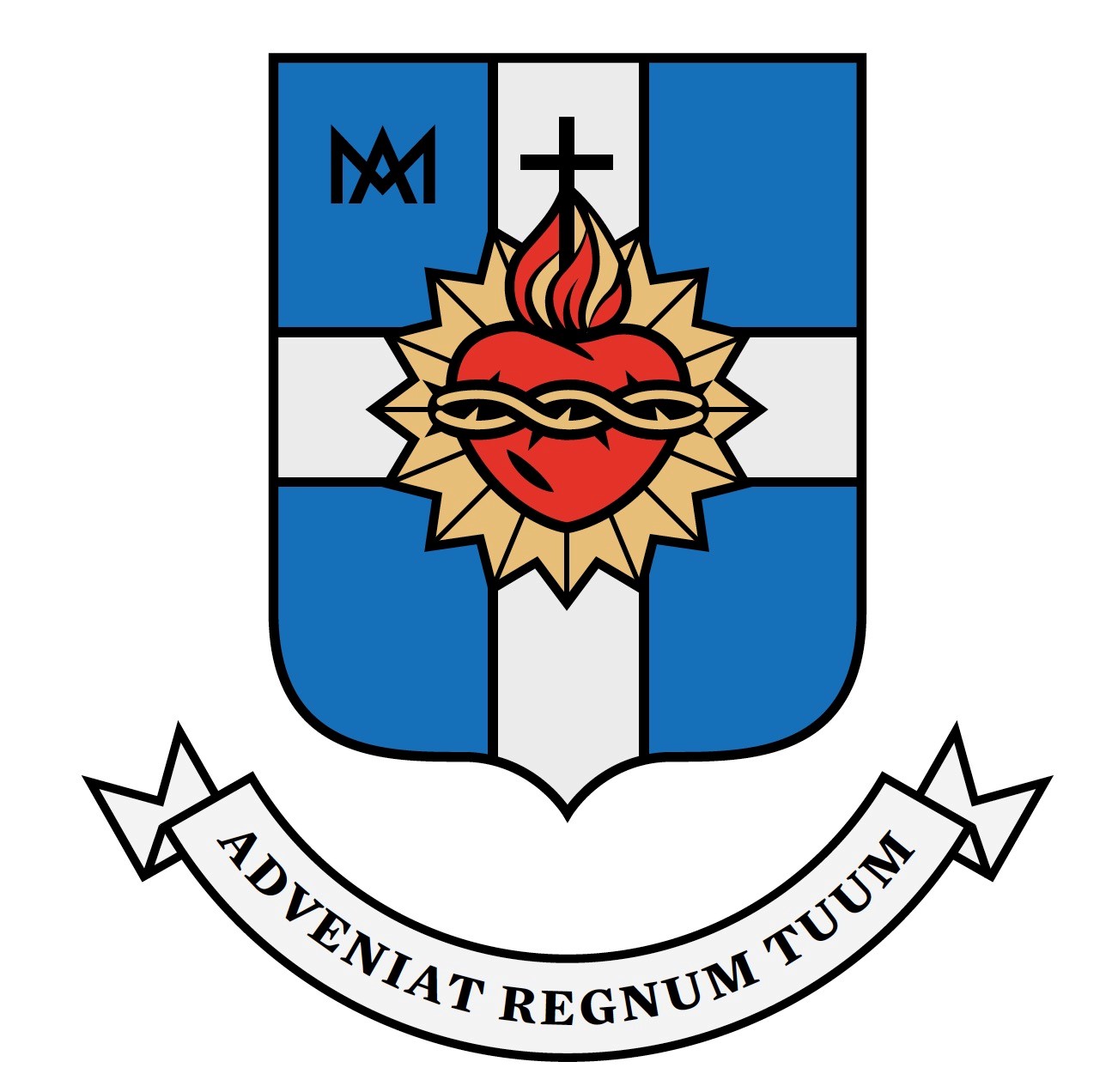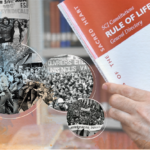The 1982 Constitutions – The Dehonian Way of Following Christ
1. The Dehonian way of following Christ
In its courageous project of renewal of the Catholic Church, Vatican Council II, after honouring the ancient religious orders and Institutes with a specific chapter in the central constitution of Lumen Gentium, also involved the ancient religious orders and institutes in their renewal efforts. From the chapter of Lumen Gentium which was of an ecclesiological nature emerged later the conciliar decree “Perfectae Caritatis”, which was specifically dedicated to promoting an “accomodata renovatio” of the multiform world of institutions that goes by the name of “religious life”. An “accomodata renovatio” which, on the one hand, asked to look backwards in order to rediscover the original founding charism given by the Spirit to the Church through the founders and which, on the other hand, was to take into account the changing needs of the present time, so that these could be updated for their benefit.
This vast and delicate task was entrusted to the respective institutes, using the norms of prudent adaptation. However, the Council laid down a few general principles which were to govern the entire work, in order to give it a truly Christian meaning. It may be useful to recall that the Council itself, in formulating these general principles, did not only draw on canonical sources, but also on the leaven of authentic renewal which had been brewing in various Catholic movements in the preceding decades (patristic, biblical, liturgical movements, etc.). Also, for religious who had been the omnipresent animators of these works of Catholic revival, the time had come to return to the youthfulness of the Gospel and Christian origins.
2. The great rule of following Christ
The first general principle of renewal stated: “Since the ultimate norm of the religious life is the following of Christ set forth in the Gospels, let this be the highest rule of all institutes” (PC 2a).
This reminder, which dates back to the beginnings of Christianity, was of great importance; it shed authoritative light and provided a measure for judging the complex accumulation of norms and customs from the previous centuries, which brought not only the riches of spiritual experience, but also the excess of past practices which suffocated the charismatic genuineness and original fervour of the foundations.
This first conciliar principle, which takes us back to our evangelical origins, allows us to make a leap forward, bringing religious life back to evangelical terrain, disengaging some forms of religious life from the merely ascetic and penitential origins.
“Sequela” (following the way) is a word of recent coinage. It is based on the evangelical verb “to follow”, which became a very common word to indicate the proto-Christian movement. In itself, it was an unrepeatable experience of the beginning, but because of the fascination it aroused, came back to life after Christ’s resurrection, and continued throughout the history of the church as a green living space, which promoted communitary holiness and generated the giants of Christian doctrine.
The first disciples of Jesus were personally called by him to follow him, and they left all that they were at that time to follow that itinerant preacher. This personal call allowed them to fit into the group that was already following Jesus.
In that context the neophyte lived in constant companionship, spending his energies every day for the poor and the sick who flocked to Jesus. The continuous presence of Jesus, his word, his dedication to people in need shaped them. Letting go of their usual daily securities, they abandoned themselves totally to the Father, as did the Lord himself, and so they too began to preach the love of the Father and the kingdom of salvation.
What decided for them the great detachment experienced in the call and what kept the group united was certainly the radiance of the person of Jesus, his enduring presence, the authoritative word, as well as the love of a friend and master. One of them, Peter, acknowledged this publicly at a moment of crisis: “Lord, to whom can we go? You have the words of eternal life” (Jn 6, 68).
To follow is not only to walk together with him, but to have a spiritual bond with him, to adhere to his cause, to the point of seeing the miraculous seed of faith in his mystery blossoming out of their long friendship.
3. Consecrated to following Christ
It was a great joy, leafing through the first drafts of the General Chapter of 1973, when we found that the central part of the Rule of Life, which was entirely new, had adopted as its title the first principle of the Council: “Following Christ”.
As we continued reading, we realized that we no longer thought of our dear spirituality as an accidental devotion, linked to recent visions and secret communications, but that we were rereading it on a biblical axis, the center to which the Catholic Church had, after so many years, made its return. It immediately challenged us; we were not called to build our own personal perfection, or keep as far away as possible from the world. The vision of the love of God who is building his Kingdom in the world, with our collaboration, makes the disciples of Fr. Dehon, who had himself given all for this, vibrate. Already this intensely biblical background invites us to pray, study, work and relate in another way. More than being students of a good tradition, we felt that we were direct disciples of Jesus, his companions in life and mission. And with him and like him, we were children of his own Father, and brothers and sisters of everyone.
Our life was no longer self-referential, a small domestic treasure to be guarded, but a gift to Him, to Christ and to the world. No longer fleeing from the world, to be safe, but we were missionaries, even small ones, but missionaries of Christ and of his Church in our Institute.
4.
In renewing their Rule of Life, Dehonians were giving their deepest self, interiorly renewed, which echoes the will of the Council: “Following Christ” (Cst. 9-85).
And they had reconfirmed their ongoing adherence to their charism: “So we have known and believe the love that God has for us”. It was a faith grounded in love which had inspired their decision to “leave to follow Christ; in the midst of the challenges of the world”. For it is in Him that the Father has made his love known to us; and continues to make him known because Christ ‘remains present in our world to save it’ (Cst. 9).
That love has determined to build his Kingdom in the world, unimaginable in its beauty and power.
Indeed, it is already at work, mostly invisibly, but all humans are involved in realizing it even if their cooperation is uncertain.
But the Kingdom is at work. And Jesus, who announced it, prays to the Father, that he may hasten its fulfilment. For its coming he will give his own life (Cst. 11).
“His way is our way”, the Rule of Life proclaims vigorously (Cst. 12). It is the way of the Dehonian following.
It is the way of the Kingdom to which we give primacy in our lives.
5. Always present
The secret of this following, what makes it fascinating, the source of its fascination, is Him. His presence is so close.
A presence close to each one of his own in whom he is cordially interested. It is certainly because of that loving presence by which they have felt themselves accompanied that the disciples accepted to leave their present lives by sharing in this way their own lives with him and with those who were already with him. His presence is the secret force that makes the adventure of discipleship endure. This attractive force has continued to be felt and loved in the church for two thousand years, giving rise to the most varied forms of aggregation. The founders and patriarchs of monasticism have been nothing other than the living instruments of that invisible attraction.
Here lies the origin of the church, after the ignominious epilogue of Calvary: the presence of the Risen Lord who filled the disciples with joy on Easter evening. This discreet presence seems to follow his group, which had reached the point of collapse, and to put it back on the path of mission. The events of Easter demonstrated that their following was not dead, but was resurrected through the presence of the Risen One. Their lively awareness of his closeness makes them capable of understanding the drama of the cross of the Messiah.
It is a real presence that asks his followers to become present to their brothers and sisters, weakening that selfish presence that erodes Christian charity.
The following of Jesus is a movement suggested and animated by the desire to be like Him, bringing together imitation and admiration.
The Dehonian charism of following Christ is the source of our assimilation and cooperation in Christ’s work of salvation, especially for those most in need.
“As disciples of Father Dehon, we want to make union with Christ in his love for the Father and for all the principle and center of our life” (Cst. 17).
Brief biographical element: Francesco Duci
Member of the ITS Province, he was for many years professor of Dogmatic and Fundamental Theology at the “Studentato Missioni di Bologna”. He was Provincial Councilor of the ITS from 1963 to 1966. Currently (2022) he resides in the community of Bologna II.




